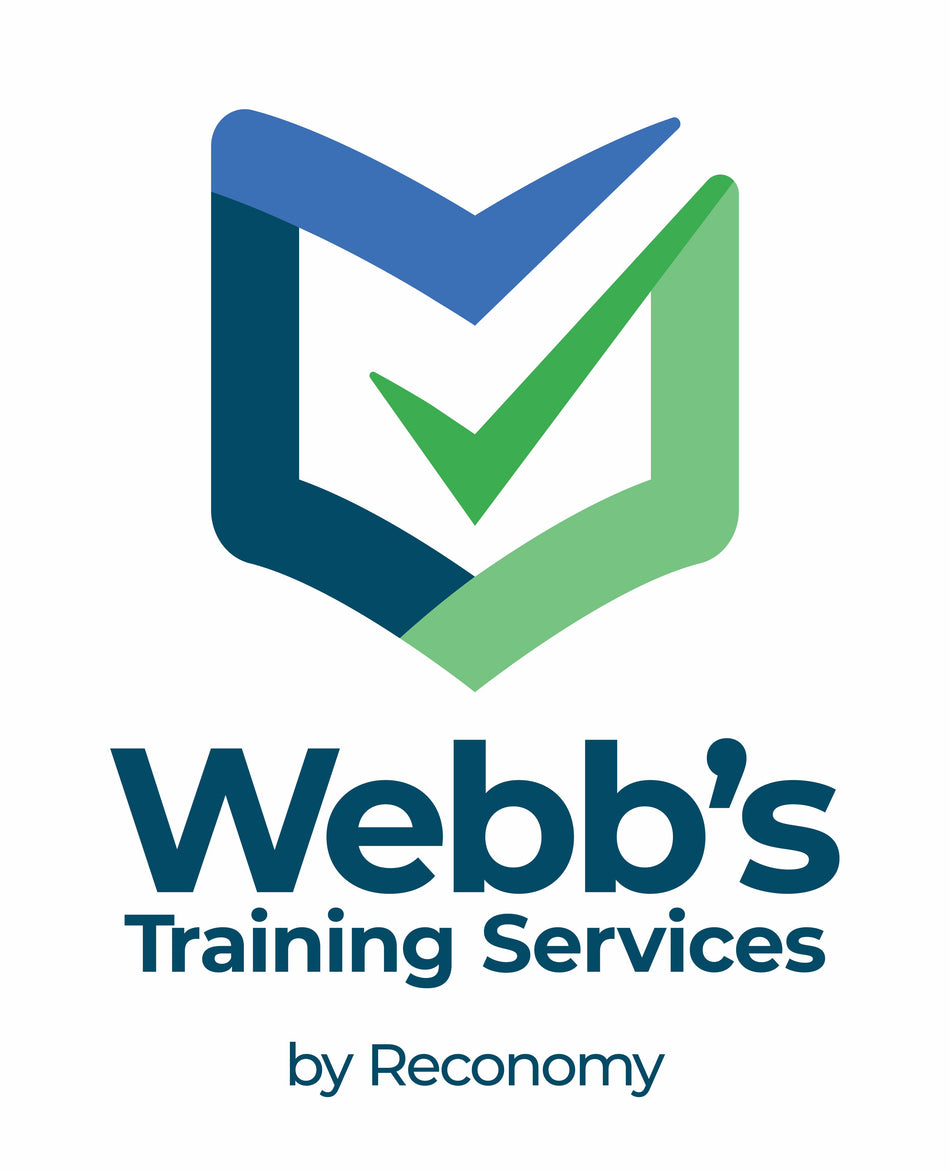27 Results
Risk Assessment Training Courses – Health & Safety Certification
Gain the Skills to Identify, Evaluate and Control Workplace Risks with Certified Training
A risk assessment is a critical process used to identify potential hazards in the workplace and evaluate the likelihood and severity of harm. The goal is to implement appropriate control measures to eliminate or reduce risks to an acceptable level, ensuring the safety and wellbeing of employees, contractors, and visitors.
The HSE emphasises that every employer has a legal duty under the Management of Health and Safety at Work Regulations 1999 to carry out suitable and sufficient risk assessments. This process involves identifying what could cause injury or illness (hazards), deciding who might be harmed and how, and assessing the risks so they can be managed effectively. Risk assessments must be regularly reviewed and updated to reflect changes in work practices, equipment, or environments. Proper training in risk assessment helps ensure compliance and promotes a proactive safety culture across all industries.
Our Risk Assessment training courses are designed to help employers and employees understand how to identify hazards, assess risks, and implement effective control measures in the workplace. Whether you're new to health and safety or need a refresher to stay compliant, our courses cover the essential principles of conducting risk assessments in line with the Health and Safety Executive (HSE) guidelines. You'll learn how to evaluate potential dangers, prioritise actions, and create a safer working environment across a variety of sectors.
These courses are ideal for supervisors, managers, and safety representatives responsible for workplace health and safety. With practical, real-world examples and guidance on legal responsibilities under the Management of Health and Safety at Work Regulations 1999, you’ll gain the knowledge and confidence to carry out suitable and sufficient risk assessments. Upon completion, you’ll receive a recognised certificate that demonstrates your commitment to compliance and workplace safety.
How to Identify Workplace Risks
Identifying risk is the first and most crucial step in any effective risk assessment. It involves carefully examining your workplace to pinpoint anything that could cause harm—these are known as hazards. The HSE stresses the importance of considering both immediate dangers and long-term health risks, including equipment use, hazardous substances, manual handling tasks, and even work-related stress.
Effective risk identification ensures that no potential danger is overlooked. It forms the foundation of legal compliance under the Management of Health and Safety at Work Regulations 1999. By identifying who might be harmed and how, employers can implement proportionate and practical control measures. Through proper training, staff gain the competence to spot hazards early, reduce accidents, and create a safer, more compliant working environment.
How to Assess Workplace Risks – Step-by-Step
Once hazards have been identified, the next vital step is to assess the risks—evaluating how likely it is that harm will occur and how severe the consequences could be. This process helps prioritise which risks need the most urgent control. The HSE recommends using a risk matrix to measure the likelihood and impact, enabling employers to make informed decisions about what needs to be done to protect workers and others.
Assessing risks isn't about eliminating every hazard; it’s about making sure the risks are managed proportionately. A thorough risk assessment should take into account who might be harmed (employees, visitors, contractors), how, and under what circumstances. With this clear understanding, businesses can focus on practical steps to mitigate those risks, keeping in line with the Management of Health and Safety at Work Regulations 1999.
Recording and Reviewing Risk Assessments – Best Practice
Recording your findings is a legal requirement when you employ five or more people, according to the Health and Safety Executive (HSE). But even smaller businesses benefit from keeping clear documentation. A well-structured record should outline the hazards identified, who might be harmed, the level of risk, and the control measures in place. It provides a clear trail of your decision-making and shows that reasonable steps have been taken to manage workplace risks—helping you demonstrate compliance with the Management of Health and Safety at Work Regulations 1999.
Reviewing risk assessments is just as important as creating them. The HSE advises that risk assessments should be regularly reviewed and updated—especially when there are changes in the workplace, new equipment is introduced, staff roles change, or after an incident. Regular reviews ensure your safety procedures remain effective and relevant. Training employees to understand and contribute to this process also strengthens your health and safety culture and promotes long-term compliance.
Filter
- All Courses
-
Subjects
- Academic & Personal Development
- Accounting & Finance
-
Business, Management & Legal
- Administration
- Business Administration
- Business Analysis
- Business
- Business Management
- Change Management
- CMI
- Compliance
- Consulting
- Customer Service
- Cyber Security & Data
- Disability
- Discrimination
- Diversity & Equality
- Employment Law
- Facilities Management
- GDPR
- ILM
- Insurance
- ISO
- IWFM
- Kanban
- Leadership
- Leadership & Management
- Management
- Office Skills
- Project Management
- Quality Assurance
- Risk Management
- Security
- Service Management
- SIA
- SIAM
- Team Leader
- VeriSM
-
Construction & Engineering
- Abrasive Wheel
- Asbestos
- Banksman
- BOHS
- CAT & Genny
- CCNSG
- CDM
- CITB
- Confined Spaces
- Construction NVQ
- Consulting
- CPCS
- Electrical
- Environmental
- EUSR
- Face Fit Testing
- Forklift Truck
- Gas
- Harness & Lanyard
- IPAF
- ISO
- Joinery
- Ladder & Stepladder
- LOLER
- NRSWA
- PASMA
- ProQual
- PUWER
- RIDDOR
- Scaffolding
- Smart Awards
- UKATA
- Waste Management
- Welding
- Working at Height
- Fashion & Beauty
-
Health, Safety & Care
- Abrasive Wheel
- Accident Investigation
- Asbestos
- BOHS
- CACHE
- Care
- CCNSG
- Childcare
- CIEH
- CITB
- Cleaning
- Compliance
- Confined Spaces
- COSHH
- Crowd Safety
- Driving
- DSE
- Electrical Safety
- Environmental
- Face Fit
- Fire Safety
- First Aid
- Food Safety
- Fork Lift
- Health and Safety
- Highfield
- HACCP
- Harness & Lanyard
- IEMA
- IIRSM
- IOSH
- Ladder & Stepladder
- Legionella
- LOLER
- Lone Worker
- Manual Handling
- Medical
- Mental Health
- NEBOSH
- Noise
- Nursing
- NVQ Health and Safety
- PPE
- ProQual
- PUWER
- RIDDOR
- Risk Assessment
- Scaffolding
- SPA Passport
- Slips, Trips & Falls
- Smart Awards
- Social Care
- UKATA
- Working at Height
- Hospitality, Travel & Tourism
- HR, Sales & Marketing
- IT & Analytics
- Media, Arts & Creative Skills
- Operations & Purchasing
- Project Management
- Secretarial, PA & Office Skills
- Software & Web Development
- Sports & Fitness
- Teaching & Childcare
- UK Courses
- International Courses
- About
- FAQ
- Contact
- Promote Your Courses






















